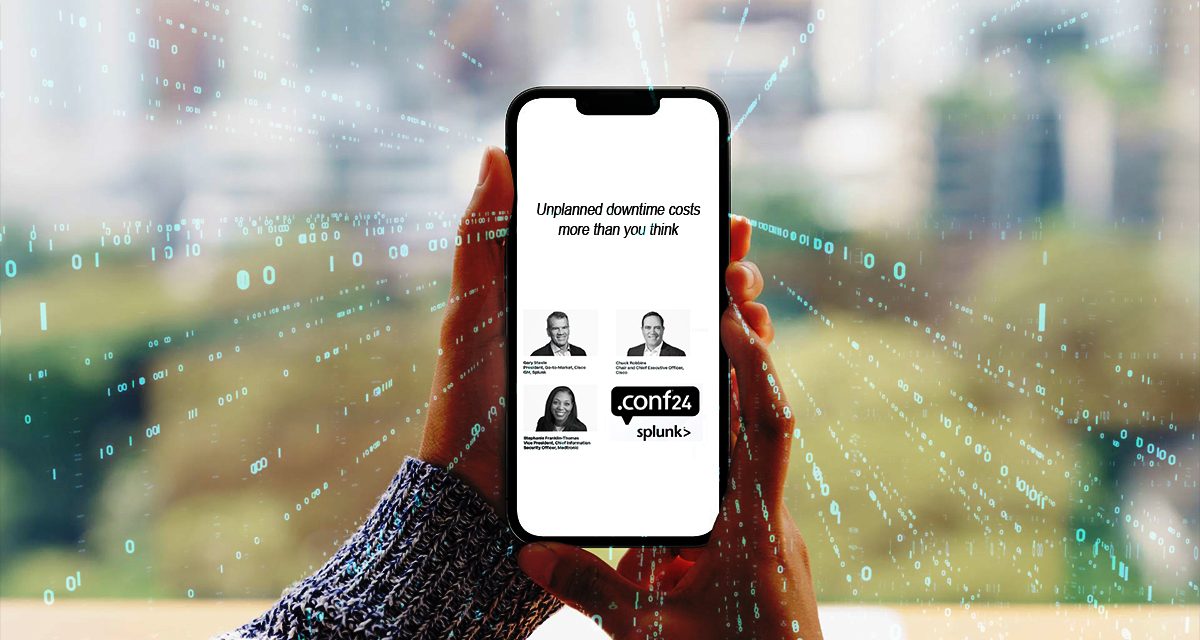The combined direct and hidden costs
The repercussions of downtime are not limited to a single department or cost category. To provide a multifaceted view, the report surveyed Chief Financial Officers (CFOs) and Chief Marketing Officers (CMOs), as well as security, ITOps and engineering professionals to quantify the cost of downtime across several dimensions. Key findings on the impacts of downtime include:
- Revenue loss is the number one cost. Due to downtime, lost revenue was calculated as US$49M annually, and it can take 75 days for that revenue to recover. The second largest cost is regulatory fines, averaging at US$22M per year. Missed SLA penalties come in third at US$16M.
- Diminishes shareholder value. Organizations can expect their stock price to drop by as much as 9% after a single incident, and on average, it takes an average of 79 days to recover.
- Drains budgets due to cyberattacks. When experiencing a ransomware attack, 67% of surveyed CFOs advised their CEO and board of directors to pay up, either directly to the perpetrator, through insurance, a third party or all three. The combination of ransomware and extortion payouts cost US$19M annually.
- Curbs innovation velocity. 74% of technology executives surveyed experienced delayed time-to-market, and 64% experienced stagnant developer productivity, as a result of downtime. Any service degradation often results in teams shifting from high-value work to applying software patches and participating in postmortems.
- Sinks lifetime value and customer confidence. Downtime can dilute customer loyalty and damage public perception. 41% of tech executives in the report admit customers are often or always the first to detect downtime. In addition, 40% of Chief Marketing Officers (CMOs) reveal that downtime impacts customer lifetime value (CLV), and another 40% say it damages reseller and/or partner relationships.
“Unplanned downtime for any organization can pose significant financial challenges and negatively impact corporate reputations,” said Shefali Mookencherry, CISO and privacy officer at the University of Illinois Chicago.
“For higher education institutions, downtime can disrupt critical academic and administrative functions, impacting everything from student services to research activities. The repercussions extend beyond immediate financial losses to long-term effects on institutional reputation and stakeholder trust. As CISOs, no matter what industry, we must adopt a proactive and integrated approach to cybersecurity and observability to minimize these risks and ensure the continuity of our mission.”
Globally, the average cost of downtime per year is more costly for U.S. companies (US$256M) than their global counterparts due to various factors including regulatory policies and digital infrastructure. The cost of downtime in Europe reaches US$198M, and US$187M in the Asia-Pacific region (APAC).
Organizations in Europe — where workforce oversight and cyber regulation are stricter — pay more in overtime wages (US$12M) and to recover from backups (US$9M). Geography also shapes how quickly an organization recovers financially post-incident. Europe and APAC hold the longest recovery times, while companies in Africa and the Middle East recover the fastest.
“For organizations with digital ambition, downtime is unacceptable. Downtime is not only costly, it erodes trust with key stakeholders like customers, shareholders, partners, employees and more importantly, rebuilding that trust and confidence takes time and resources,” said Archana Venkatraman, Senior Research Director, Cloud Data Management of IDC Europe.
Archana added: “It’s clear that the recipe for digital resiliency and bouncing back quicker from downtime is embracing a unified approach to security and observability. Splunk’s unified platform –empowers customers to identify and resolve problems rapidly and embed resiliency.”
Resilience leaders bounce back faster
Resilience leaders, or companies that recover faster from downtime, share common traits and strategies that provide a blueprint for digital resilience. They also invest more strategically, rather than simply investing more. The resilience leaders’ common strategies and traits include:
- Investing in both security and observability. Compared to other respondents, resilience leaders spend US$12M more on cybersecurity tools and US$2.4M more on observability tools.
- Embracing the benefits of GenAI. Resilience leaders are also more mature in their adoption of generative AI, expanding their use of embedded generative AI features in existing tools at four times the rate, compared to the remaining respondents.
- Recovering more quickly. Faster recovery often equates to a better customer experience and less unwanted media attention. Resilience leaders’ mean time to recover (MTTR) from application or infrastructure-related downtime is 28% faster than the majority of respondents, and 23% faster from cybersecurity-related incidents.
- Experiencing less toll from hidden costs. Most resilience leaders experience no damage from hidden costs, or describe it as “moderate.” That is in stark contrast with the remaining 90% of organizations that call hidden cost impacts “moderately” or “very” damaging.
- Dodging financial damage. Resilience leaders reduce revenue loss by US$17M, lower the financial impact of regulatory fines by US$10M and cut down ransomware payouts by US$7M.

















